WWS History
For over 40 years World Women’s Snooker – founded in 1981 as the World Ladies Billiards and Snooker Association – has provided opportunities for women and girls to play snooker competitively, from beginner players to the all-time greats.
The jewel in the crown is of course the World Women’s Snooker Championship, upon which the names of Reanne Evans, Allison Fisher and Kelly Fisher are those most frequently engraved. But with over 300 official events having been held so far there is a far deeper history to be told as Matt Huart, with the help of Mandy Fisher recalls…
The Early Years
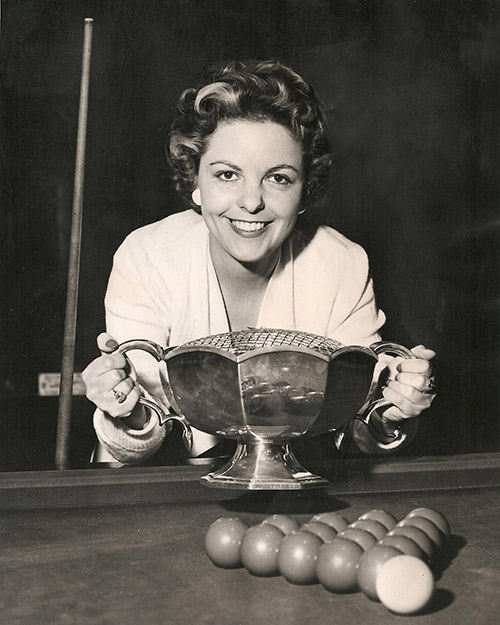
The invention of snooker is widely regarded as having taking place in 1875, but its roots can be traced back significantly further through billiards, with Mary Queen of Scots among those known to have played during the 16th century.
It was not until the early 20th century however that snooker’s growth would begin to accelerate, with the first staging of the English Amateur Championship in 1916 and 11 years later the inaugural World Championship won by the great Joe Davis.
In Britain, the first Women’s Amateur Championship was won by Margaret Quinn in 1933, with the tournament going on to become an established fixture on the snooker calendar save for the period of 1939-1946 during World War II. Among its most prolific champs were eight-time champion Maureen Baynton (nee Barrett), while Rosemary Davies, Rita Holmes and Vera Selby were among other multiple champions.
A professional Championship was also held for the first time in 1934, with Billiards champions Ruth Harrison and most recently Thelma Carpenter among its winners most recently in 1950.
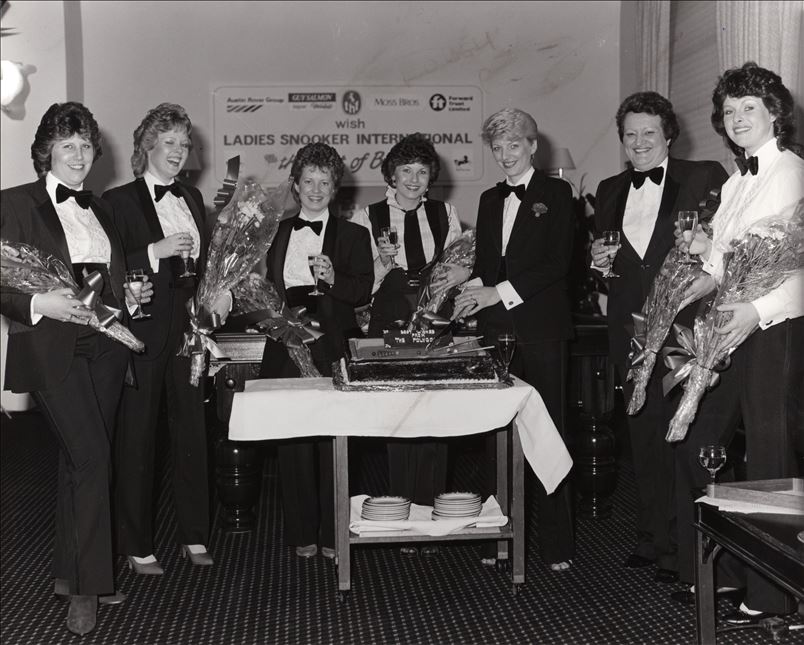
The World Stage
The early 1970s proved to be the most significant period yet in snooker’s growth with the creation of the iconic ‘Pot Black’ tournament and victory for Alex Higgins at the 1972 World Championship among the key events as the sport headed for the big time.
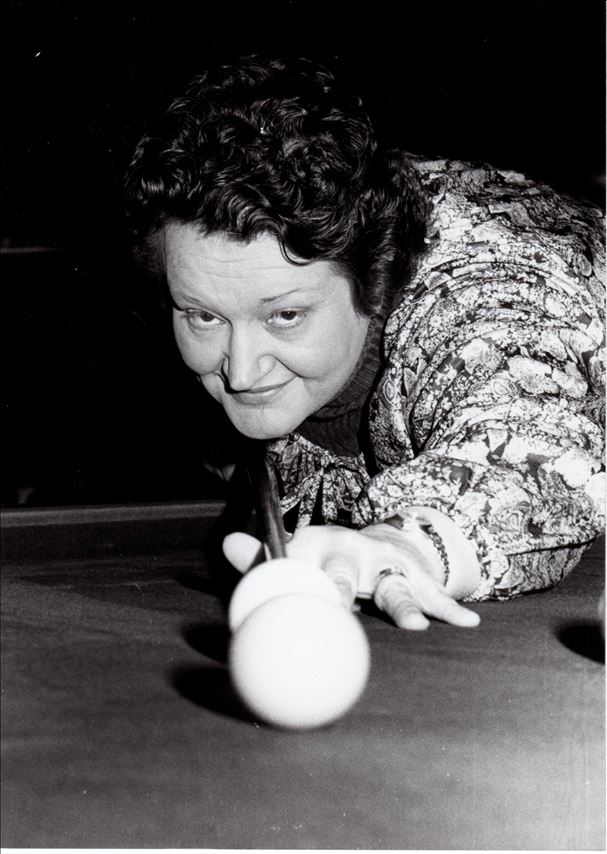 In 1976 the professional World Championship began what would become a 30-year association with sponsor Embassy. Significantly, this also would include the inaugural staging of the Women’s World Open, a tournament now recognised as the first-ever World Women’s Snooker Championship which continues to run to this day.
In 1976 the professional World Championship began what would become a 30-year association with sponsor Embassy. Significantly, this also would include the inaugural staging of the Women’s World Open, a tournament now recognised as the first-ever World Women’s Snooker Championship which continues to run to this day.
Headed by top seed Joyce Gardner, the only professional player at the time, the draw saw the return of several iconic names including Maureen Baynton, Muriel Hazeldene and Rosemary De Lasso (nee Davies). The tournament was ultimately won by four-time UK amateur champion Vera Selby, who dropped just one frame on her way to claiming the title.
The tournament would not return for four years when Australia’s Lesley McIlrath became the first player from outside of the UK to win the tournament – a distinction that she would hold for 35 years until Ng On Yee’s 2015 breakthrough.
Her reign would end the following year at the quarter-final stage with a 3-2 defeat to Sue Foster as Selby would return to claim her second world title with victory against a 19-year-old by the name of Mandy Fisher…
World Ladies Billiards and Snooker Association
It was after the 1981 staging that women’s snooker would reach a crossroads as the sport’s leading players became increasingly concerned over the running of their game and the organisation of tournaments.
It was at a landmark meeting at the offices of Grocer Jack Sports Ltd in Windsor that it was agreed by those present that a new organisation was to be founded – the World Ladies Billiards and Snooker Association (WLBSA). Led by a committee of five players including Fisher, as well as Peter Scowcroft and David Prowse Jones of Grocer Jack Sports, the WLBSA would – strive to look after the interests of ladies snooker at all levels for generations to come.
Its first official tournament would be the WLBSA Championship, held at the Northern Snooker Centre in Leeds in March 1982 with Lesley McIlrath claiming the title with a 3-0 success against Ann Johnson. A full calendar of events would quickly follow, including the World Championship in 1983 won by Tamworth’s Sue Foster who defeated veteran Maureen Baynton 8-5 to take the title.
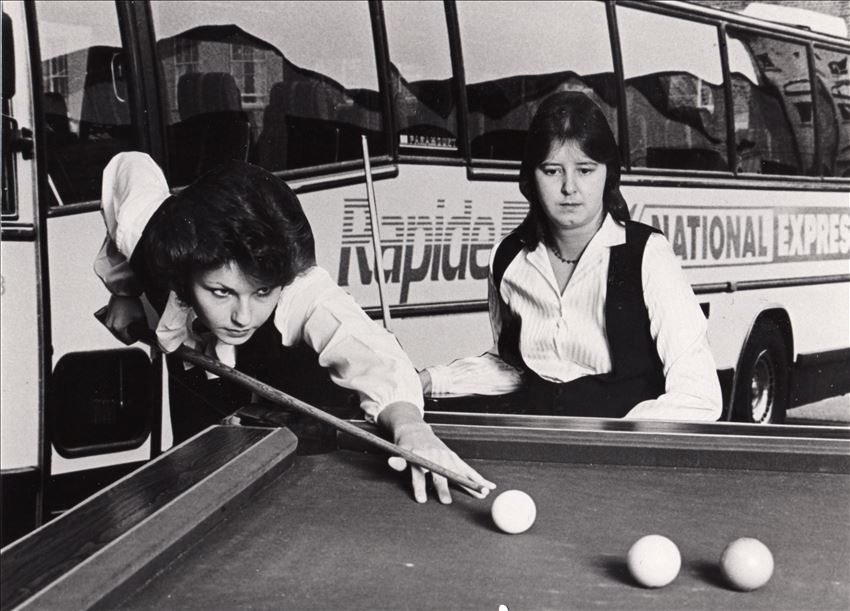
Prior to her retirement from the sport in 1984, Foster emerged as one of the most successful players on the circuit together with Mandy Fisher and it was during the same year that Fisher would also achieve her ambition of becoming world champion.
The 1984 Women’s Grand Prix was one of the most prestigious competitions held to this day, with 16 players competing across five venues to become the overall leader board. With two victories allied to a further two runner-up positions, it was Fisher who came out on top. She also had the distinction of recording the highest-ever break at a World Championship with her run of 62 during the Basingstoke leg.
The Fisher Years
As the UK snooker boom of the mid 1980s beckoned, the number of women playing the sport was also on the rise and with it a new generation of female players who would take the standard to another level.
As Mandy Fisher become the sport’s professional champion, the amateur competition was won by a talented 15-year-old by the name of Stacey Hillyard. Two years on from competing in her first tournament – where she lost on the final black to Sue Foster – she defeated Canada’s Natalie Stelmach 4-1 to announce herself on the circuit.
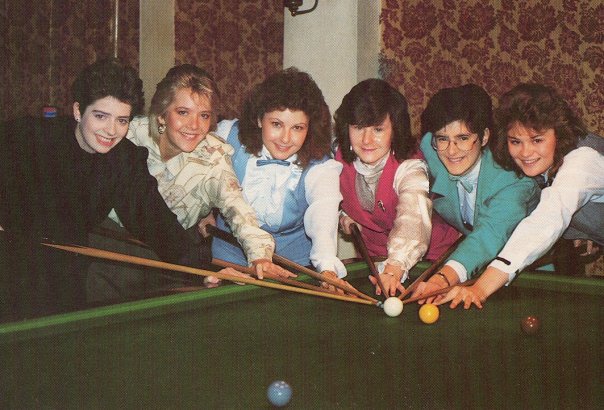
A year later she would go on to become the first woman to compile a century break in a competitive match with her score of 114, before later recording a new highest break in competitive women’s snooker with her 137 in 1992.
Despite reaching a further five World Championship finals however, it was another talented teen of the era who would go on to achieve even greater things as Allison Fisher (no relation to Mandy) became the established number one during the second half of the 1980s and the early 1990s.
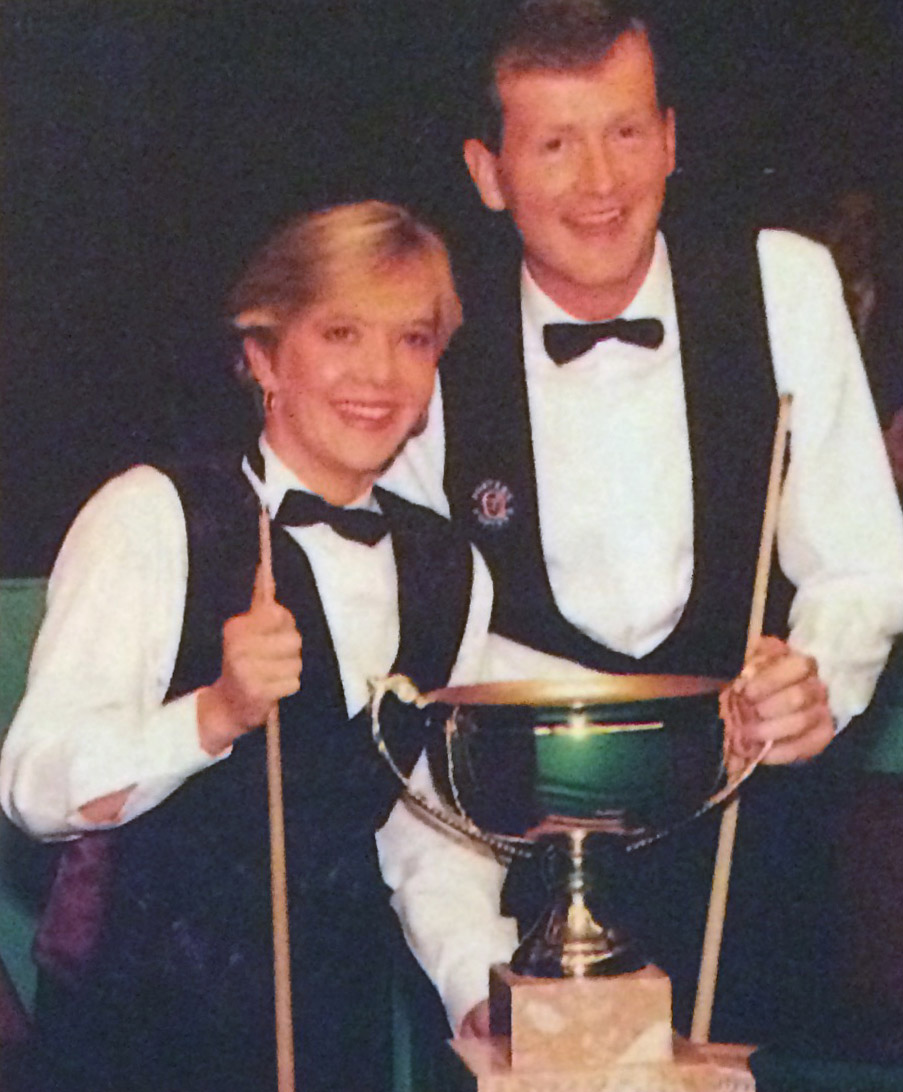 Already installed as top seed for the 1984 World Championship, losing 4-3 to Hillyard in the semi-finals, she would avenge the loss a year later in Solihull with a 5-1 triumph in the final to claim the first of a magnificent seven world crowns during the following decade.
Already installed as top seed for the 1984 World Championship, losing 4-3 to Hillyard in the semi-finals, she would avenge the loss a year later in Solihull with a 5-1 triumph in the final to claim the first of a magnificent seven world crowns during the following decade.
Fisher would have only a year to wait before her second as she became the first player to successfully defend the title, while she also compiled a championship record break of 84 during her Last 16 victory against Lynette Horsburgh.
Unbeaten on the women’s circuit since her defeat to Hillyard three years earlier, Fisher was widely expected to claim a hat-trick of titles in 1987 as the tournament moved to Puckpool for the first time. Lightning would strike twice however as Hillyard recovered from 3-1 down to win a four-hour epic 4-3 end her reign and advance to the title match once again.
But awaiting her was Ann-Marie Farren, aged just 16 years and 48 days old and having just whitewashed Mandy Fisher 4-0 to reach her maiden final. Despite her relative lack of experience, Farren was full of confidence having claimed the British Open Challenge Trophy just two weeks earlier and duly ran out a 5-1 winner to become the second-youngest world champion behind her opponent Hillyard.
Farren would go on to again reach the final during each of the following two years, but ultimately would lose out to Allison Fisher in contrasting circumstances. Her title defence in 1988 was ended with a one-sided 6-1 defeat to Fisher as the world number one won the title for the third time for the loss of just a single frame.

In 1989 however their contest was to prove far closer as Fisher edged the match 6-5 to claim her fourth title in five years.
With the exception of 1990 (more on that below) Fisher would remain the pre-eminent player of the day as she added a further hat-trick of world titles to her CV from 1991-1994, including the first to be held outside of the UK as the final stages of the 1994 tournament were contested in New Delhi.
With no fewer than 56 tour victories to her name, as well as several years established as world number one, Fisher left the circuit to pursue other cue sports opportunities following her victory at the 1995 Regal Welsh Open, but having set records that would stand for many years to come.
Champion Corr
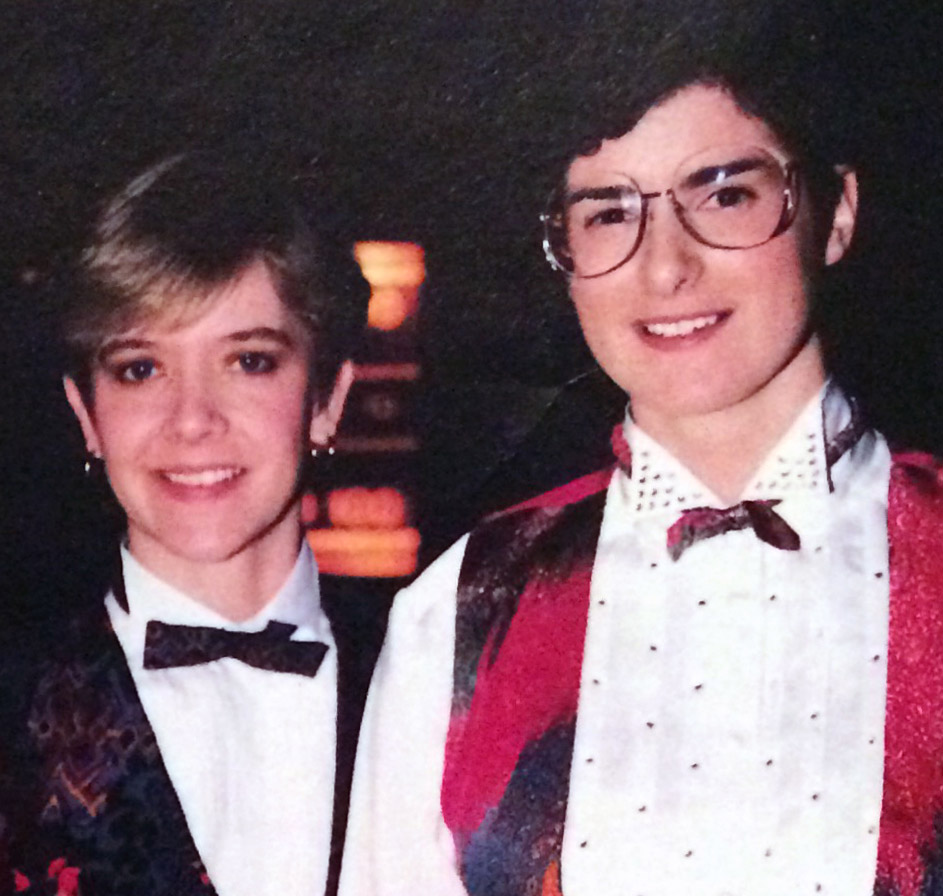 The success enjoyed by Allison is made all the more impressive by the was the level of opposition that she would face at the time. As well as former world champions Mandy Fisher, Stacey Hillyard and Ann-Marie Farren who all remained a force in the sport throughout her dominance, other talented cueists including Tessa Davidson, Kim Shaw, Georgina Aplin, Sharon Dickson, Lynette Horsburgh, were also regular contenders for silverware.
The success enjoyed by Allison is made all the more impressive by the was the level of opposition that she would face at the time. As well as former world champions Mandy Fisher, Stacey Hillyard and Ann-Marie Farren who all remained a force in the sport throughout her dominance, other talented cueists including Tessa Davidson, Kim Shaw, Georgina Aplin, Sharon Dickson, Lynette Horsburgh, were also regular contenders for silverware.
But it was Northern Ireland’s Karen Corr who would emerge alongside Fisher as one of the most prolific tournament winners of the 1990s.
Having taken up the game at the age of 14, Corr entered her first tour event at the 1985 UK Championship and would win the first of an eventual 26 titles – her total of 24 during the 1990s bettered only by Fisher – at the 1989 Riley Courage Classic.
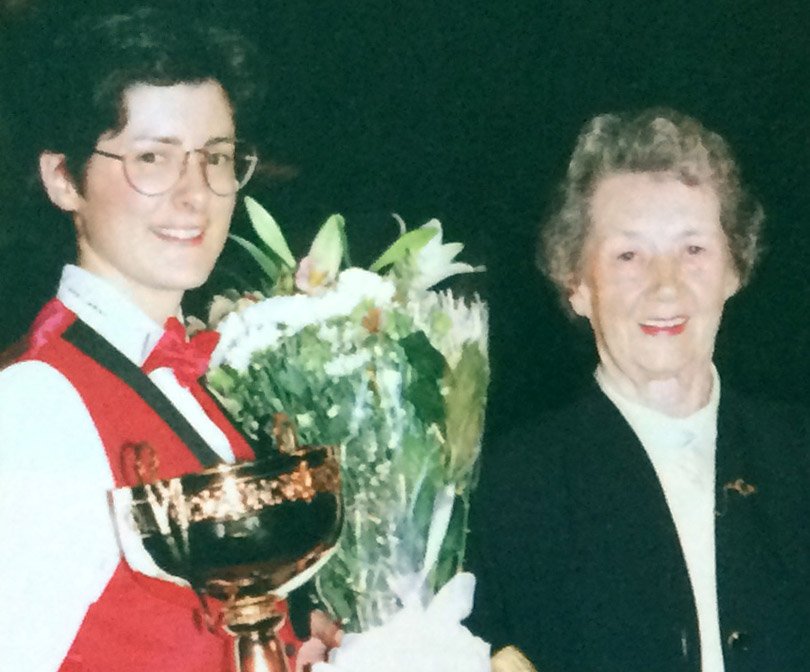 It was at the 1990 World Championship where she would announce herself on the biggest stage however as on her 21st birthday she defeated Fisher 5-2 in the semi-finals before going on to claim the title for the first time with a 7-4 success against Hillyard – who had the consolation of rising to the sport’s top ranking.
It was at the 1990 World Championship where she would announce herself on the biggest stage however as on her 21st birthday she defeated Fisher 5-2 in the semi-finals before going on to claim the title for the first time with a 7-4 success against Hillyard – who had the consolation of rising to the sport’s top ranking.
Corr would go on to reach the final on a further five occasions, winning two in 1995 (def. Kim Shaw 6-3) and 1997 (def. Kelly Fisher 6-3) as she joined Allison Fisher and Vera Selby as a multiple world champion.
The Fisher Years II
By the mid-part of the decade however there was a significant shift in the landscape following the departure of not only Allison Fisher, but also her greatest rival Stacey Hillyard who retired from snooker in 1995.
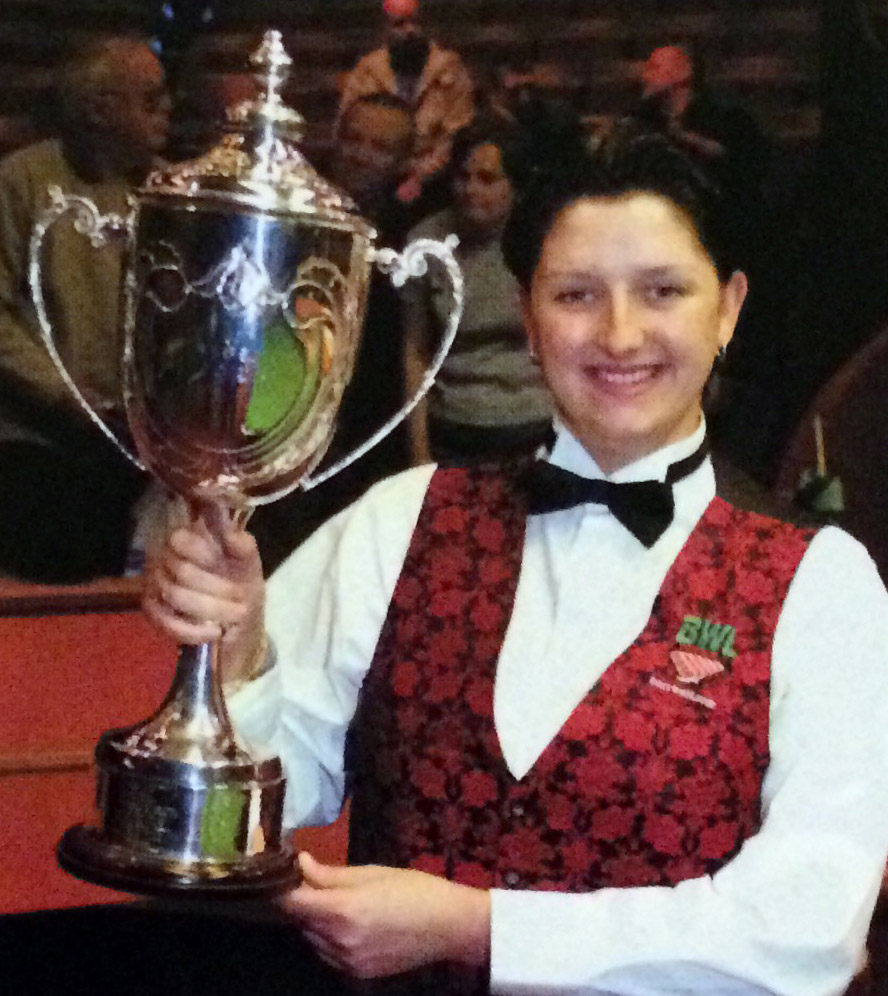 There was however another Fisher who was beginning to make her mark upon the circuit in the form of Kelly – again no relation to either Mandy or Allison – a prodigious talent from Yorkshire who having competed regularly on the women’s circuit from the age of 13 was now ready to win big.
There was however another Fisher who was beginning to make her mark upon the circuit in the form of Kelly – again no relation to either Mandy or Allison – a prodigious talent from Yorkshire who having competed regularly on the women’s circuit from the age of 13 was now ready to win big.
She would announce herself on the circuit in 1993 as she defeated Karen Corr, Kim Shaw and Tessa Davidson to win her first full-ranking title aged just 14 at the season-opening Connie Gough Memorial Championship.
A further ten ranking titles would follow over the following four years as she rose to number two in the world, before at the 1998 World Championship she stunned two-time defending champion Corr with a 5-0 win at the Crucible Theatre to not only record her first win against Corr in 14 months, but to achieve her dream of becoming world champion.
 Victory would prove to be only the beginning for Kelly, who would go on to add a further four ranking titles during the 1998/9 season, including a repeat 4-2 victory against Corr at the World Championship to successfully defend the title and guarantee the world number one ranking.
Victory would prove to be only the beginning for Kelly, who would go on to add a further four ranking titles during the 1998/9 season, including a repeat 4-2 victory against Corr at the World Championship to successfully defend the title and guarantee the world number one ranking.
It was at this time that Corr would depart the snooker scene following a hugely successful decade in the sport, paving the way for three years of almost relentless winning by Fisher who from 1999-2003 alone would claim a staggering 30 major titles on the Tour. This included a then record-breaking unbeaten streak of 69 matches and 15 titles, including the ‘Grand Slam’ of all eight tournaments during the 2001/2 season.
In 2000 she would add a third world title following victory against Lisa Ingall, before twice defeating Lisa Quick in 2002 and 2003 to take her tally to five behind only her namesake Allison. To this day her break of 125 during her Last 32 match against Rebecca Corfield remains a championship record.
Her only blemish at the World Championship came in 2001 as she was shocked by Sharon Dickson at the Last 16 stage, with world number five Lisa Quick of Weston-super-Mare taking full advantage by defeating Lynette Horsburgh 4-2 in the final to reach the summit of women’s snooker.
The Evans Era
On her way to claiming her fourth Crucible title in 2002, Kelly Fisher came up against a young 16-year-old by the name of Reanne Evans from Lower Gornal who had reached the semi-finals of her first ever Tour event.
Little did anyone know it, but Evans would ultimately go on to redefine what is possible for women’s snooker once again and go on to become the sport’s greatest player.
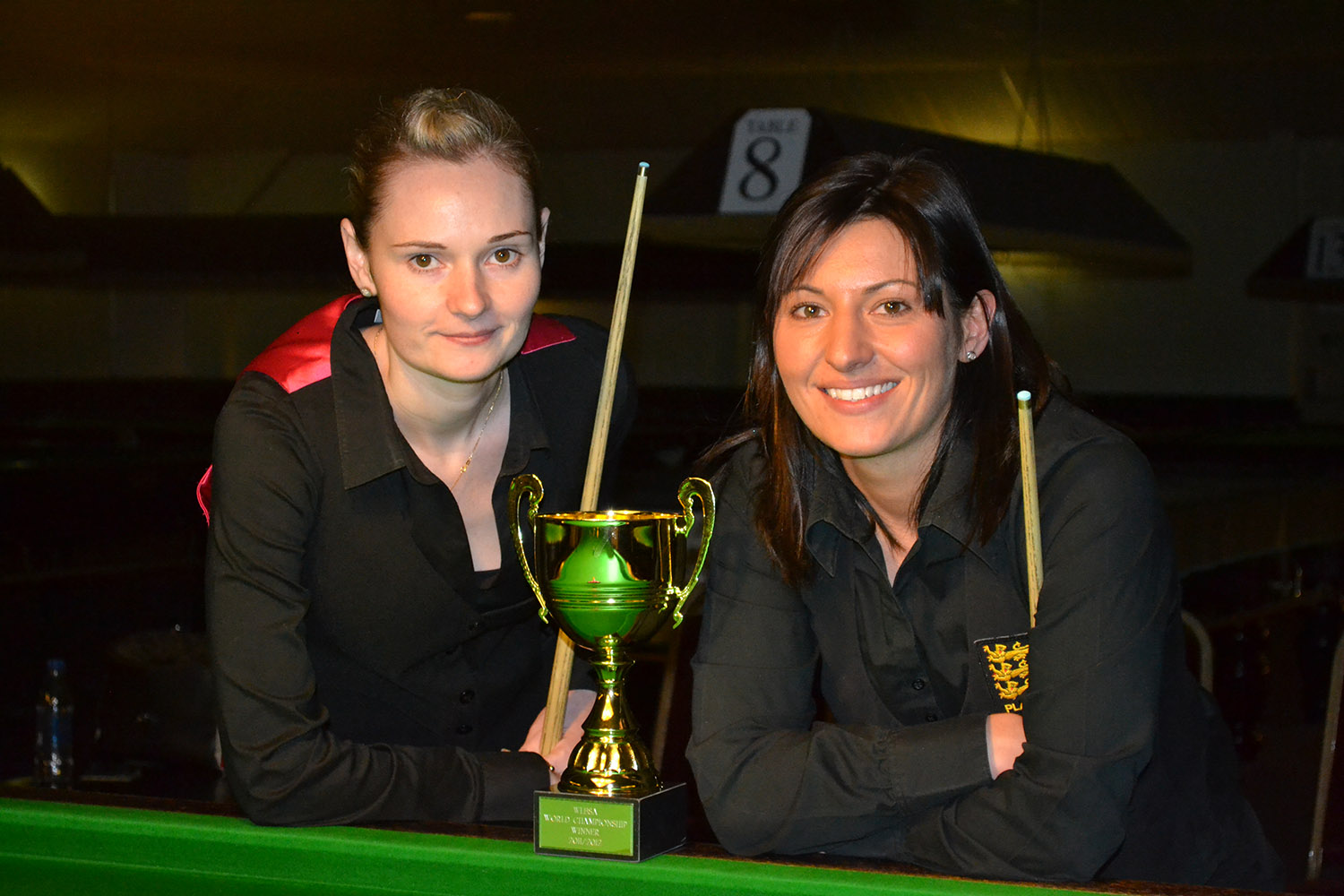
It was as Evans took her first steps onto the circuit however that the very existence of the Tour still run by Mandy Fisher over 20 years on from its foundation came under threat as funding was withdrawn by snooker’s governing body following the outlaw of tobacco sponsorship from 2003.
Following a season during which only the Connie Gough Nationals – won by Evans who defeated Emma Bonney to claim her maiden title – were held however, it was clear that change was in the air. With Kelly Fisher having departed the stage was set for somebody to fill her shoes and it was Evans who grabbed the opportunity with both hands by defeating Lynette Horsburgh 6-4 in Cambridge to win the 2005 World Championship at the age of just 19.
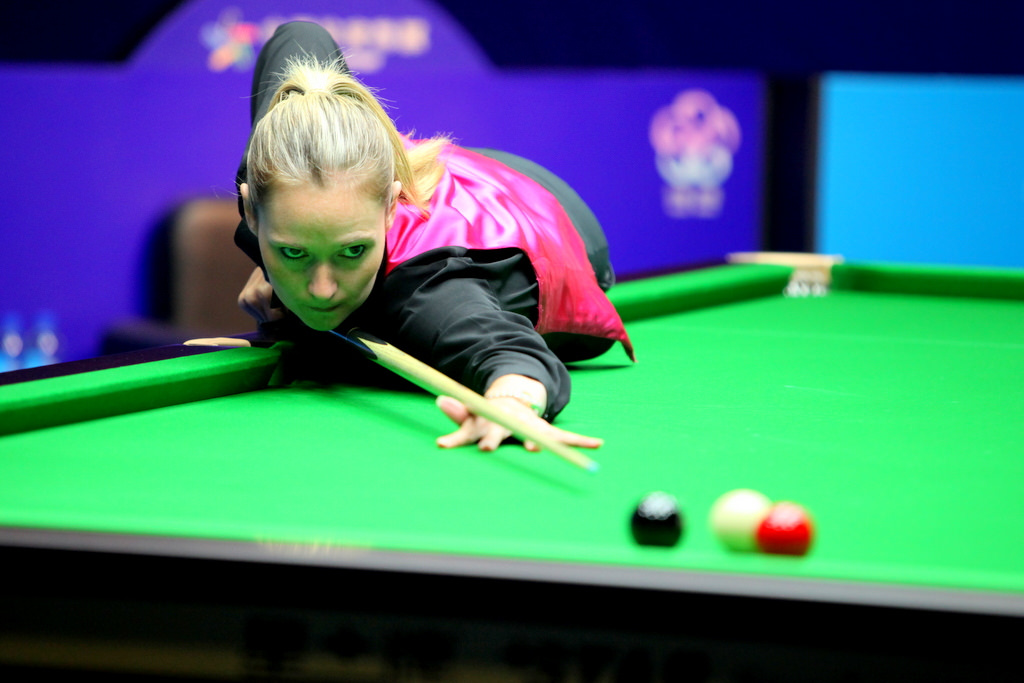
Her win would mark the first of an unprecedented ten consecutive World Championship victories – eight of which were held in Cambridge – surpassing the previous best of seven by Allison Fisher in 2012.
While the likes of Maria Catalano, Emma Bonney and Katie Henrick were among those to provide stern opposition towards the end of the decade, there was little stopping Evans who at one stage won a record 90 matches in a row between 2008-2011 to smash the previous record set by Kelly Fisher.
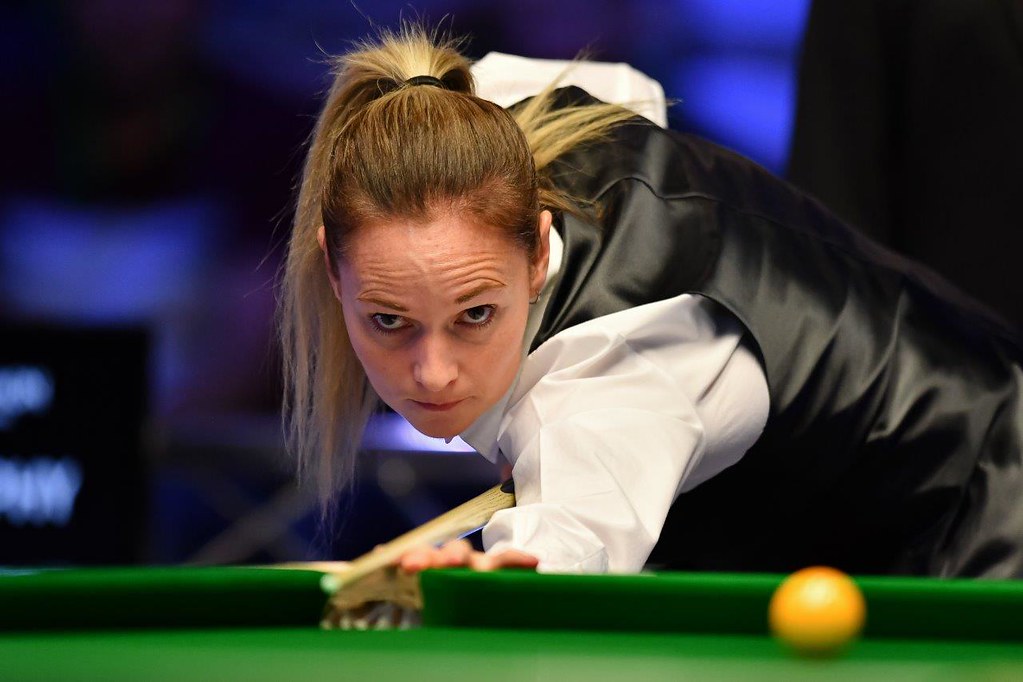
Further world titles came in 2016 and most recently 2019 in Thailand as she defeated Thai star Nutcharut Wongharuthai to secure the title for a record-extending 12th time at the Hi-End Snooker Club.
Evans also holds the record for the highest-breaks made in WWS competition, having compiled runs of 140 in both 2008 and 2010. In 2020 it was announced in the Queen’s Birthday Honours list that she would receive an MBE for her services to snooker.
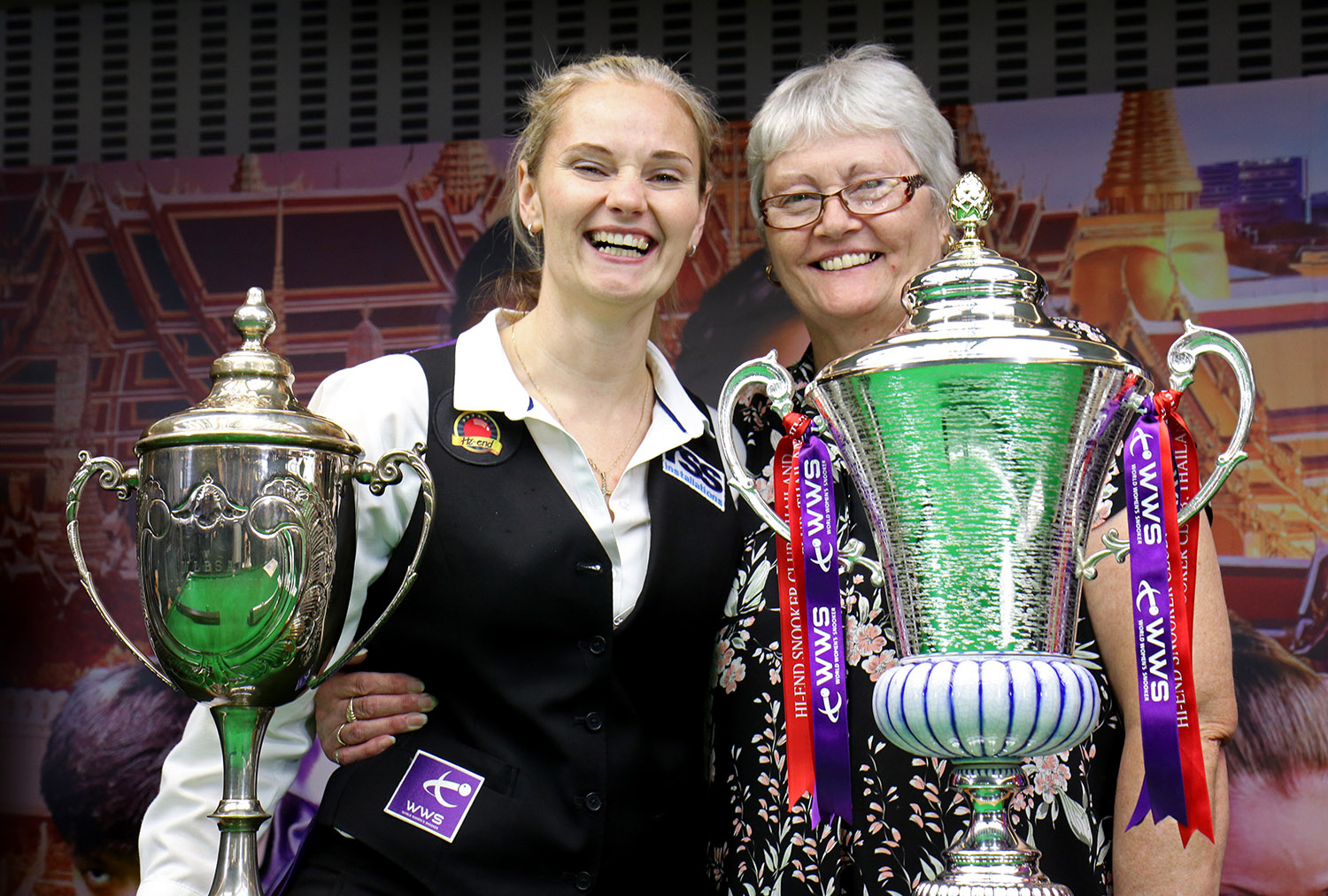
A Rival Emerges
While the women’s circuit had always been open to players of any nationality as demonstrated by the success of players such as Lesley McIlrath and Maryann McConnell, the tour had been largely dominated by British players during its first 30 years.
By the early 2010s however there was to be the start of a new wave of talent from Asia and in particular Hong Kong, encouraged by Wayne Griffiths who had recently been appointed as Head Coach of the Hong Kong Sports Institute.
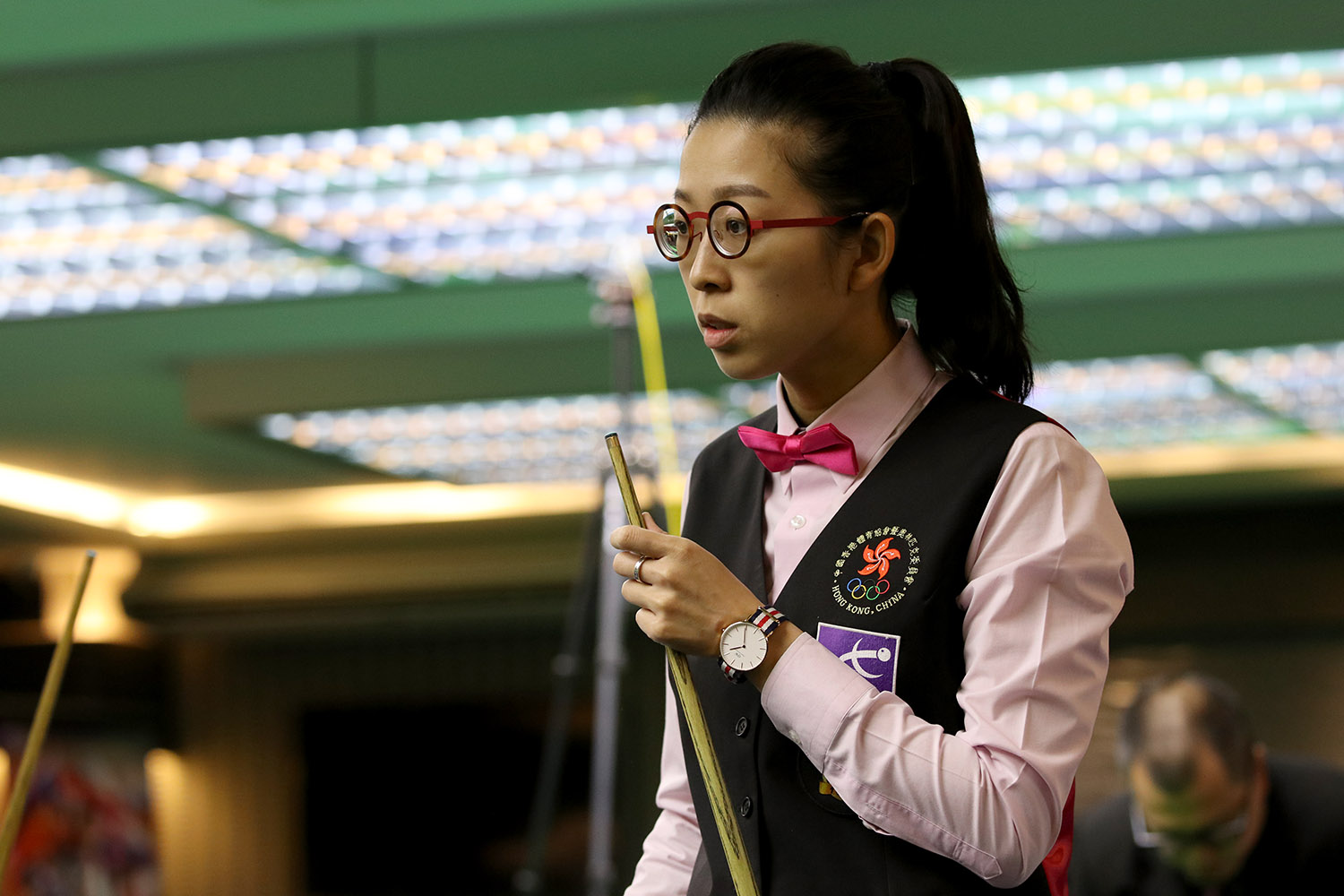
Their commitment was to bear early fruit as Jaique Ip Wan Ip claimed her maiden title at the 2012 Agnes Davies Memorial event in Llanelli, but it was to be another player who would go on to emerge as a true challenger to the throne that Evans had made her own during the previous decade.
Ng On Yee made her tour debut as a 20-year-old at the 2011 World Championship and made an immediate impression as she dropped just one frame during the round robin stage before ultimately losing out 4-1 to Evans at the quarter-final stage.
Her first ranking title would follow barely a year later at the 2012 Northern Championship, before a significant first win against Evans en route to the 2013 UK Championship title underlined her status as a player to watch.

In 2014 she became the first player from outside of the UK to reach the final of the World Championship since Canada’s Sue LeMaich was whitewashed by Allison Fisher some 28 years earlier and suffered a similar fate as the dominant Evans stormed to a 6-0 victory to win her tenth successive crown.
On Yee however was not to be deterred and just 12 months later she would stun the snooker world by defeating Evans 4-2 at the semi-final stage of the 2015 World Championship to end the monopoly of the Dudley ace over the biggest title in women’s snooker.
Facing Emma Bonney in the final, On Yee rebounded from the loss of the opening two frames to run out a 6-2 winner and make her own history as the first Asian player to win the World Women’s Championship. A few months later she would again defeat Evans to complete a World-UK double, feat that would ultimately see her honoured in Hong Kong as the “Best of the Best” at the annual national Sports Awards.
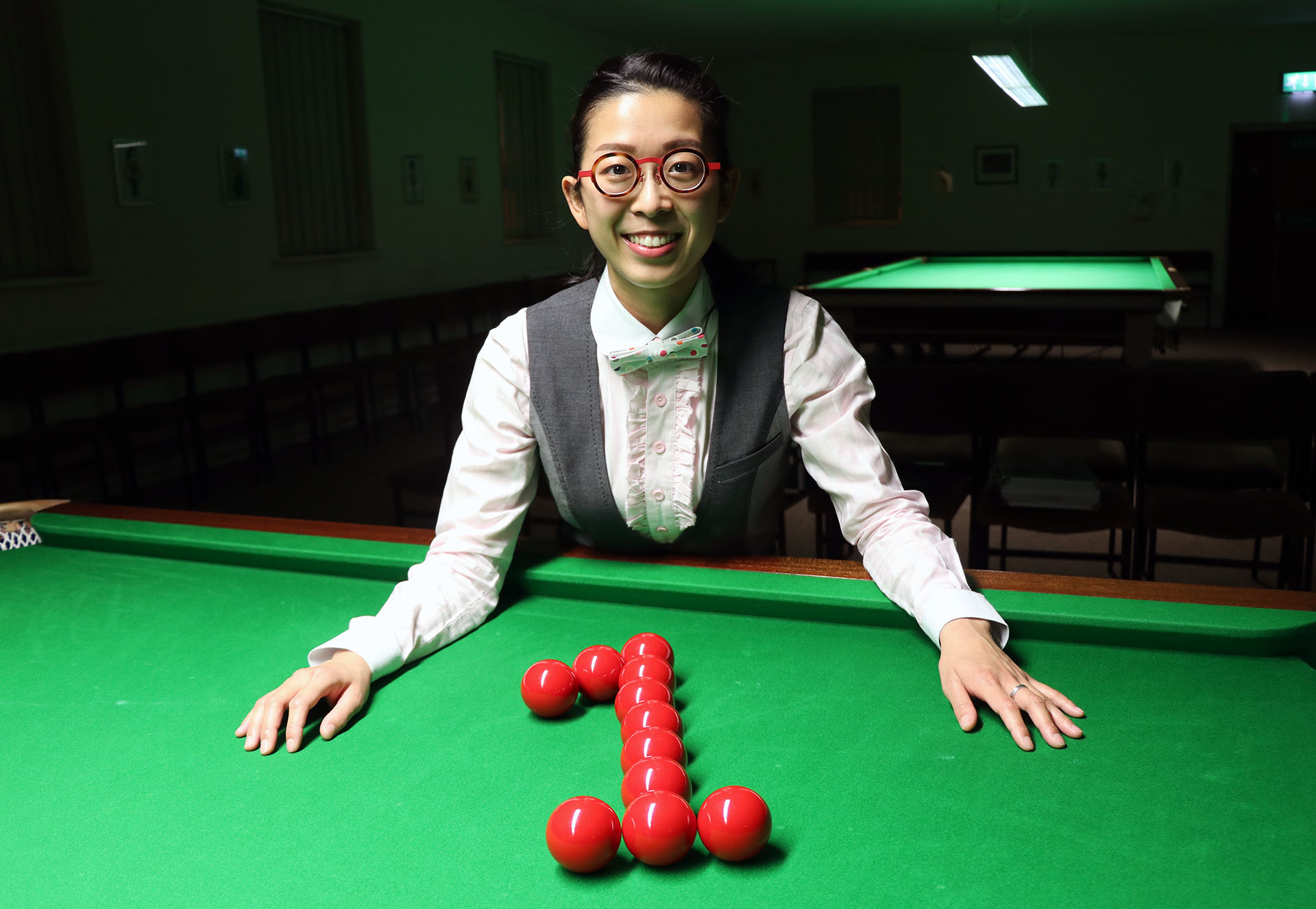
While it was Evans who regained the upper hand in 2016 with a 6-4 defeat of On Yee to take her 11th title, the Hong Konger has since proven that her victory was no fluke by adding back to back titles in 2017-18.
With the tournament held in Singapore for the first time in 2017, On Yee defeated Evans 5-4 at the semi-final stage before then edging India’s Vidya Pillai 6-5 on the final pink following an epic finale at the Lagoon Billiard Room.
A year later she would enter the tournament as world number one for the first time having finally overhauled Evans following the British Open, before going on to successfully defend the World Championship title for the first time in Malta. In doing so she became the first player to claim the crown without the loss of a single frame following a 5-0 success against Maria Catalano in the final.
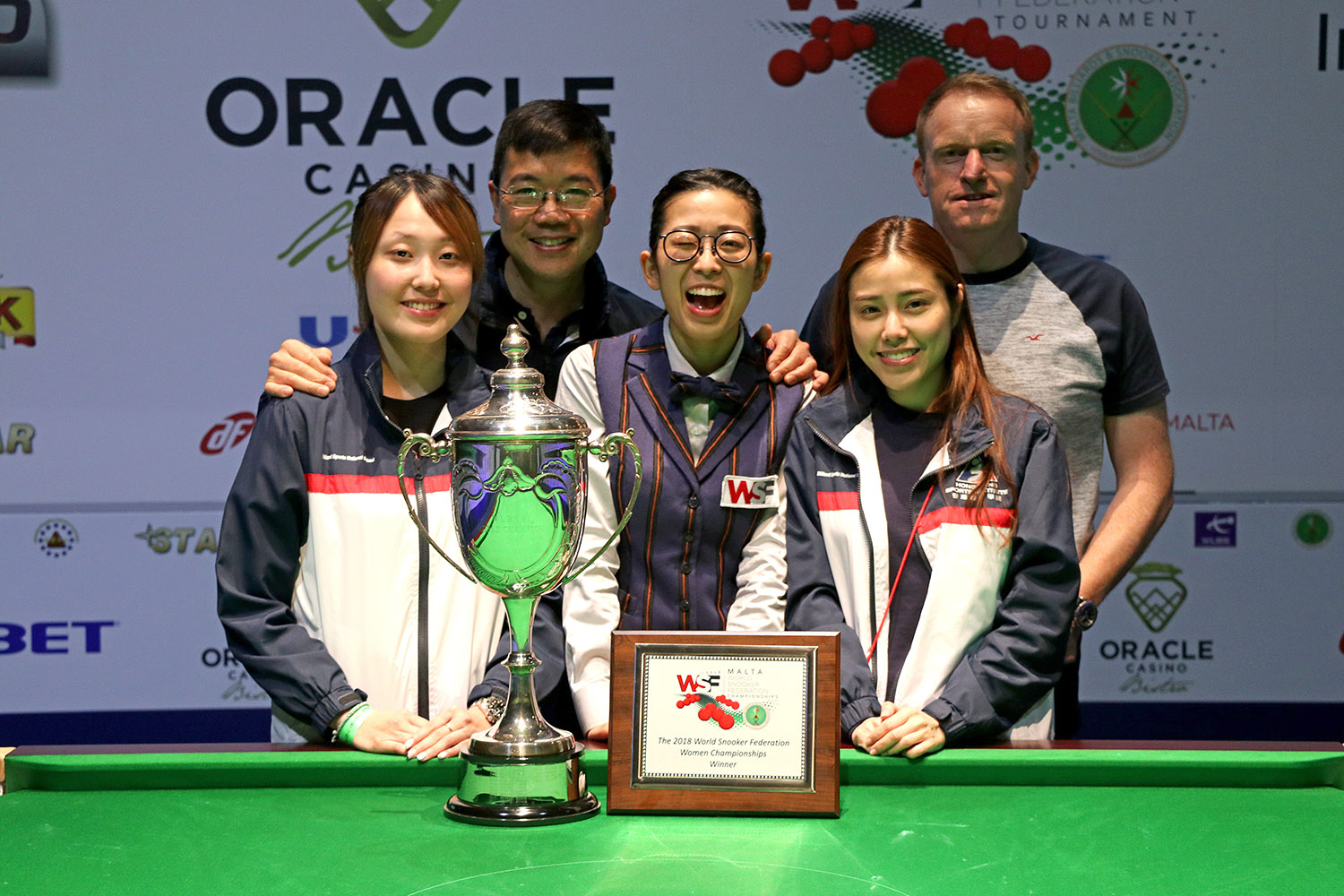
Maximum Mink
Following an unprecedented run of success for the top two, which saw Evans and Ng share the World Championship for over 15 years, it was Thailand’s Nutcharut Wongharuthai who would break the cycle as she delivered on her long-recognised potential to claim the biggest title in women’s snooker.
Wongharuthai, known affectionately as ‘Mink’, quickly rose up the world rankings following her debut as a 17-year-old in 2017 and claimed her first ranking title at the 2019 Australian Open. Earlier that year she also hit the headlines by becoming the first female player to make a verified 147 break during a practice match at the Hi-End Snooker Club.
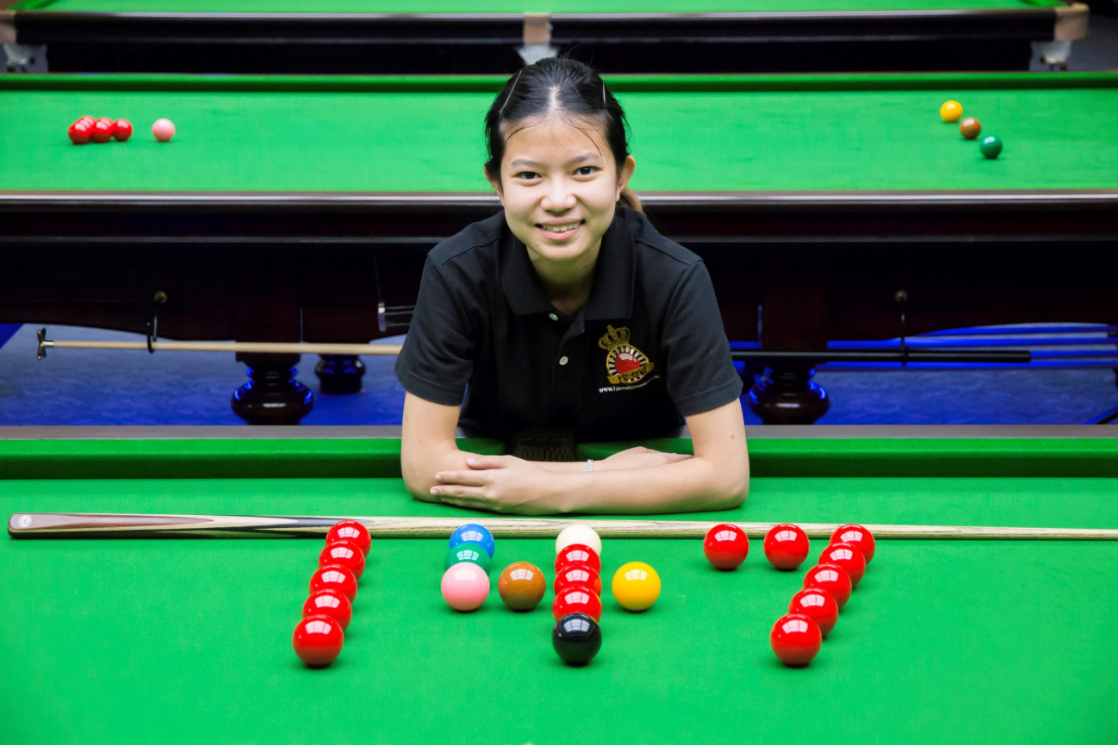
It was her incredible world title success in Sheffield, however, that would truly see her gain widespread attention as she defeated Wendy Jans 6-5 on the final black to become only the 13th different player to lift The Mandy Fisher Trophy.
The following year she would become world number one for the first time and has since established herself as a regular tournament winner on the circuit.
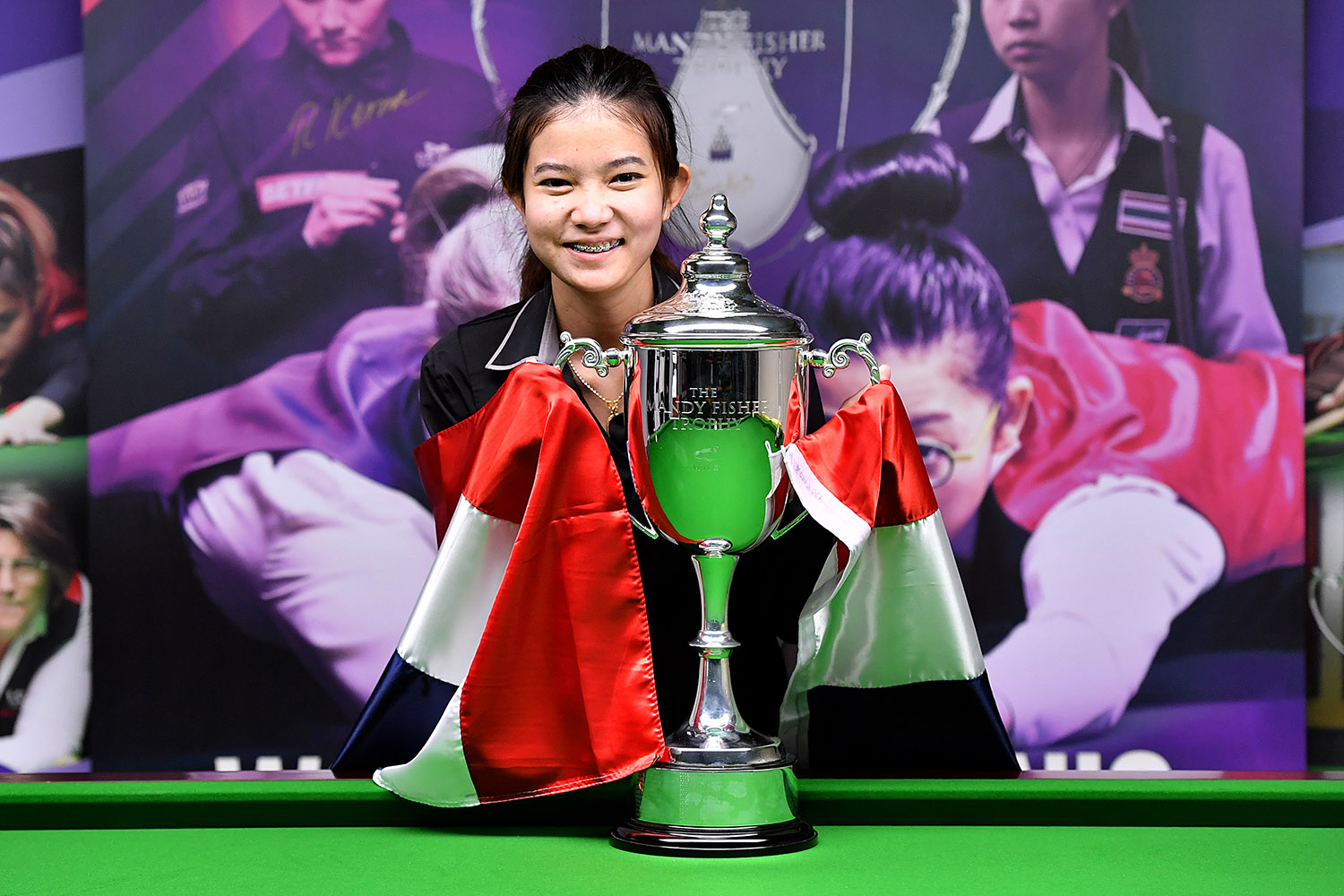
Brilliant Bai
In March 2023, another new world champion was crowned as the 40th staging of the World Championship saw the tournament return to Thailand, as home player Siripaporn Nuanthakhamjan lifted the Mandy Fisher Trophy for the first time.
Her victory came against another prodigious talent in the form of 19-year-old Bai Yulu, who a year later would go one better as she edged Mink Nutcharut 6-5 on the final pink to become the first-ever Chinese winner of the World Championship.
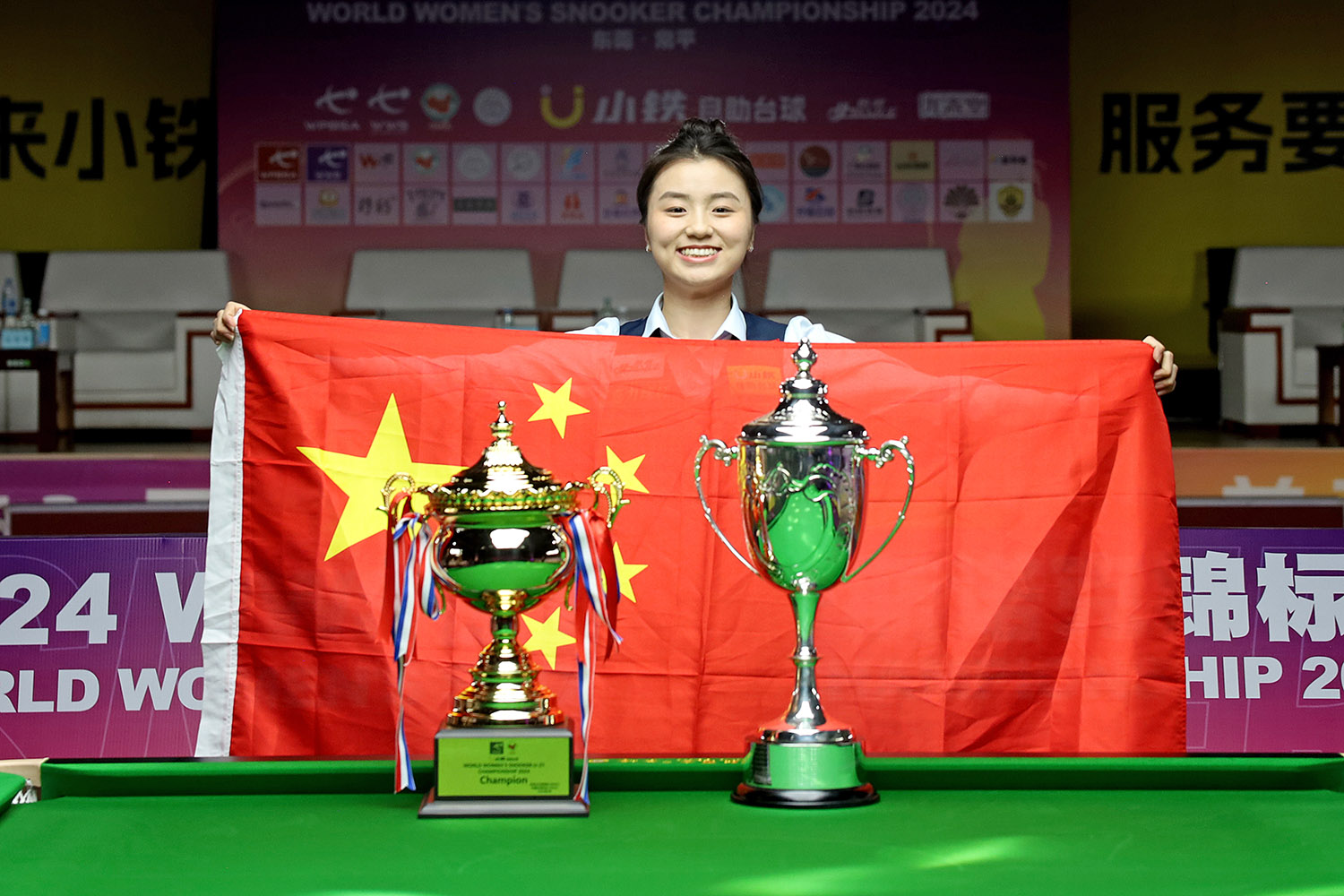
With her brand of consistent, heavy scoring, Bai notably compiled the highest ever break recorded at the World Championship during her debut match with a run of 127 against Amee Kamani in 2023, while a year later she hit 122 – the highest ever during a world final – on her way to claiming the title and her place on the professional tour.
Held in China for the first time, the event would prove to be a game-changer for the World Women’s Snooker Tour and a significant milestone in the development of women’s snooker globally, attracting unprecedented viewing figures in China and beyond.
A year later, Bai repeated her success with a 6-4 victory against Mink Nutcharut to become only the seventh multiple world champion.
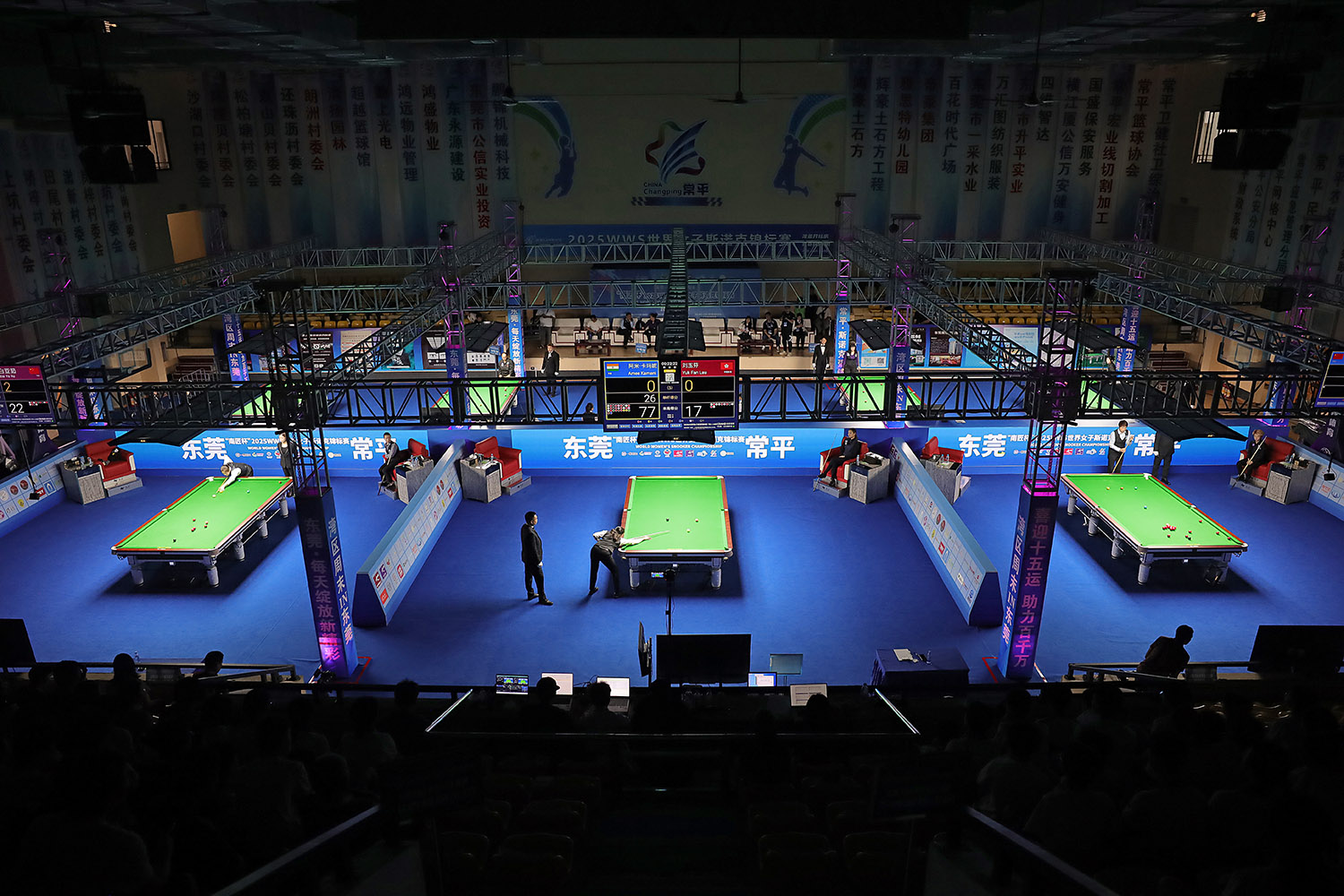
WPBSA Supports Global Tour
International success for a wide range of players including both Ng and Wongharuthai reflects the vastly increased global footprint of the World Women’s Snooker Tour in recent seasons.
The shift follows a momentous change in December 2015 when the World Ladies Billiards and Snooker Association as it was formerly known, become a subsidiary company of the WPBSA which undertook a significant restructure of the organisation.
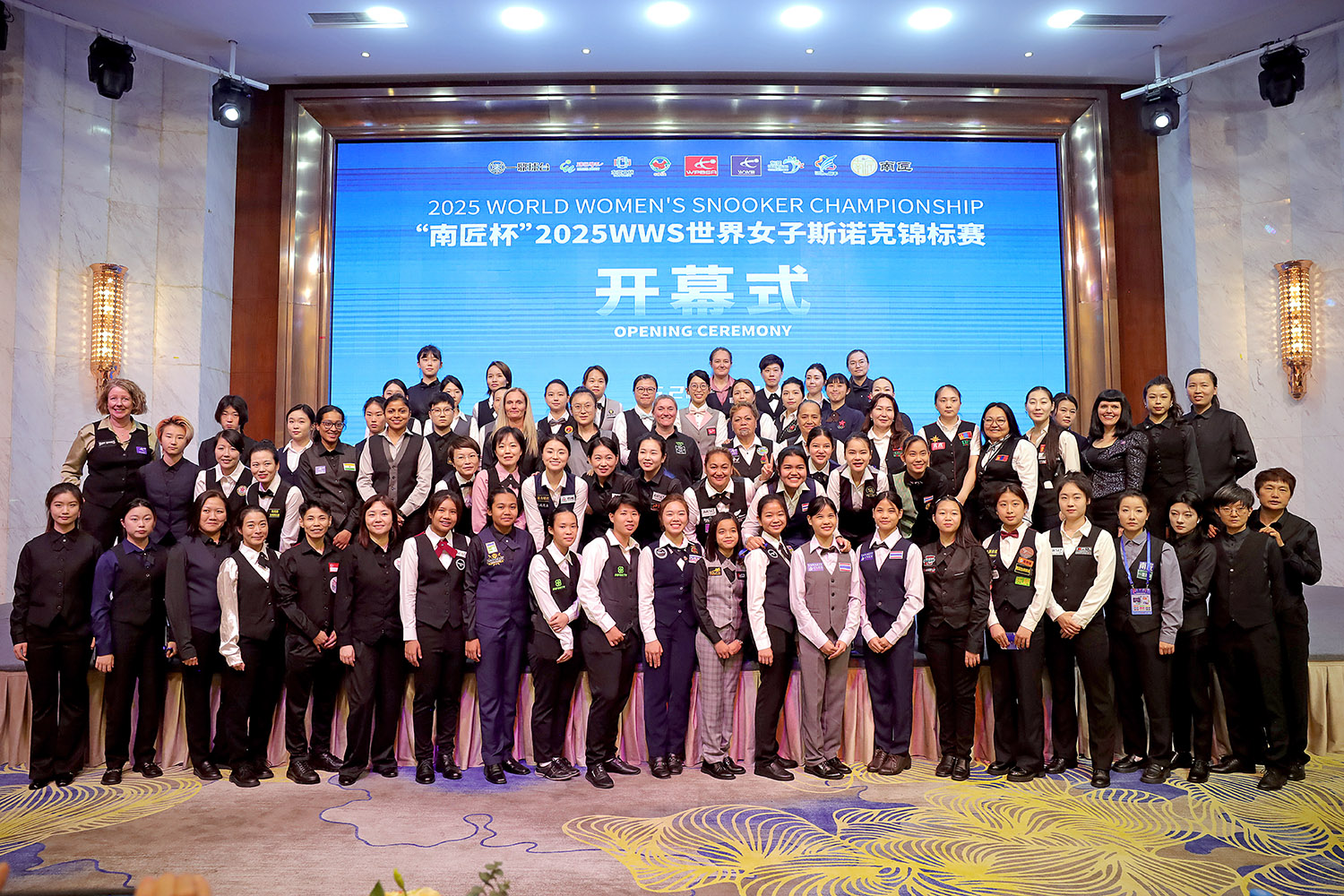
In 2018, the organisation was rebranded to World Women’s Snooker and has seen a calendar once exclusively limited to UK-based tournaments, expand to include full-ranking events in mainland Europe, Asia and the Oceania regions.
With increased prize money and a significantly expanded player base of over 180 ranked players from over 25 different countries, women’s snooker has seen benefited hugely from becoming part of snooker’s world governing body.
In March 2021, the World Women’s Snooker Tour became an official development tour to the professional World Snooker Tour and it was announced that professional tour cards would be awarded to Reanne Evans and Ng On Yee, to be followed in subsequent years by Mink Nutcharut, Rebecca Kenna, Siripaporn Nuanthakhamjan and Bai Yulu.
Both WWS and the WPBSA remain committed to continuing the hard work of everyone who has contributed during the past 40 years and providing opportunities for women and girls of any age or level of experience to play our sport competitively for years to come!